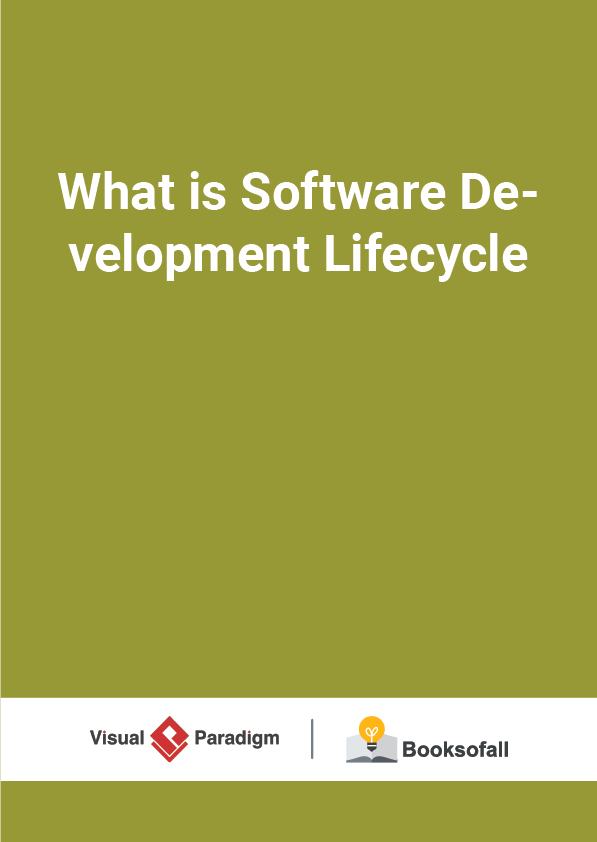Project Management: What is Risk Breakdown Structure
3-4 minutes
Even the most carefully planned project can run into trouble. No matter how well you plan, your project can always encounter unexpected problems. Team members get sick or quit, resources that you were depending on turn out to be unavailable, even the weather can throw you for a loop (e.g., a snowstorm). So does that mean that you’re helpless against unknown problems? No! You can use risk planning to identify potential problems that could cause trouble for your project, analyze how likely they are to occur, take action to prevent the risks you can avoid, and minimize the ones that you can’t.
What is Risk?
A risk is an uncertain event or condition that might affect your project. Not all risks are negative. Some events (like finding an easier way to do an activity) or conditions (like lower prices for certain materials) can help your project. When this happens, we call it an opportunity; but it’s still handled just like a risk.
There are no guarantees on any project. Even the simplest activity can turn in to unexpected problems. Anything that might occur to change the outcome of project activity, we call that a risk. A risk can be an event (like a snowstorm) or it can be a condition (like an important part being unavailable). Either way, it’s something that mayor may not happen, but if it does, then it will force you to change the way you and your teamwork on the project.
Risk Identification with Risk Breakdown Structure(RBS)
Risks identification is a process that every Project Manager has to do. A more disciplined process involves using checklists of potential risks and evaluating the likelihood that those events might happen on the project. Some companies and industries develop risk checklists based on experience from past projects. These checklists can be helpful to the project manager and project team in identifying both specific risks on the checklist and expanding the thinking of the team. The experience of the project team, project experience within the company, and experts in the industry can be valuable resources for identifying potential risk on a project.
Identifying the sources of risk by category is another method for exploring potential risks on a project. Some examples of categories for potential risks include the following:
- Technical
- Cost
- Schedule
- Client
- Contractual
- Weather
- Financial
- Political
- Environmental
- People











